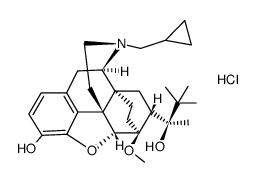| Structure | Name/CAS No. | Articles |
|---|---|---|
 |
buprenorphine hydrochlorie
CAS:53152-21-9 |
|
 |
buprenorphine
CAS:52485-79-7 |